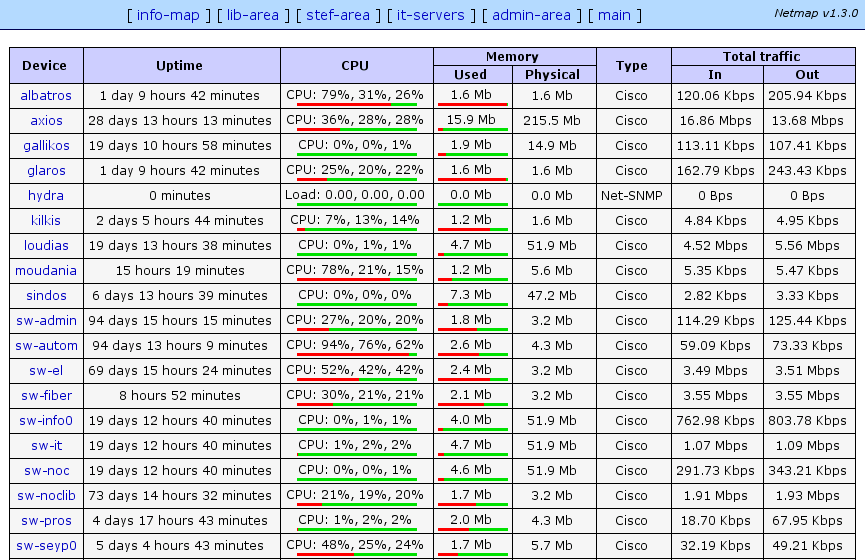
Whereas, Nessus is the first vulnerability scanner used to discover the weakness of the system.Īs Nmap is a port scanner that discovers the active host by network scanning once it is done Nmap gathers information about the open ports. Nmap is used for host detection and it is a port discovery tool so that it discovers active hosts on the network, also detects the version of the database system running on our server and operating system too.
#Netmap unix download
Whereas, for Nessus we can obtain the windows installer and need to download it as per the operating system, once downloaded double-click on the installer and then finish installation, the welcome wizard for Nessus users gets opens.
#Netmap unix zip
Windows has three choices for installing Nmap, which are available on the downloading page at that are Windows self-installer, command-line zip binaries and, optional is a compiler. The scanning speed is slower than Unix because there are deficiencies in windows networking API. Nmap supports the Ethernet interface for raw packets scan. It is popular because Windows users do not have a compiler and also maintain a guide for users who wants to run Nmap on Windows. Nmap uses a scripting engine to identify the vulnerability information.īefore a Windows version was released the Nmap was a Unix-only tool and after release, it is the second most popular platform for Nmap.
#Netmap unix full
Whereas, Nmap is not a full vulnerability scanner it is a reporting tool that is used to analyze the service response that is coming in packets and the reporting tool may help to identify vulnerabilities in the network. Nessus is one of the vulnerability scanners used to find malicious attacks. Nessus provides a lot of functionality in one tool, the hackers can run the very same tool and it is advantageous to know what the result is that they scan the system. Vulnerability scanning detects inability and by using the Nessus tool we can detect the weaknesses of a system which will help to protect our system and improve the effectiveness of the system. Vulnerability means identifying the weakness or inability of the system in the network. Finding vulnerability before hackers do anything is very important to keep our company data safe concerning network security. To show all responses from the remote server, as well as report on data transfer statistics.Scanning can keep our system secure. Prompts for the remote machine login name (the default is the user identity on the local machine), and, if necessary, prompt for a password and an account with which to login.

) file in the user’s home directory for an entry describing an account on the remote machine. Turns off interactive prompting during multiple file transfers.įrom attempting auto-login upon initial connection. In environments where a firewall prevents connections from the outside world back to the client machine. Toggle printing byte counter during transfers.įTP command-line options for Linux and UNIXĭisables command editing and history support, if it was compiled into the Send site specific command to remote server. Toggle use of PORT cmd for each data connection.

Get file restarting at end of local file. Print ? in place of control characters on stdout. Print working directory on remote machine. Issue command on an alternate connection. Set translation table for default file name mapping.įorce interactive prompting on multiple commands. Set templates for default file name mapping. Get file if remote file is newer than local file.

Show last modification time of remote file. List contents of multiple remote directories. Toggle printing ‘#’ for each buffer transferred. Toggle meta character expansion of local file names. Toggle carriage return stripping on ascii gets. Change remote working directory to parent directory.


 0 kommentar(er)
0 kommentar(er)
